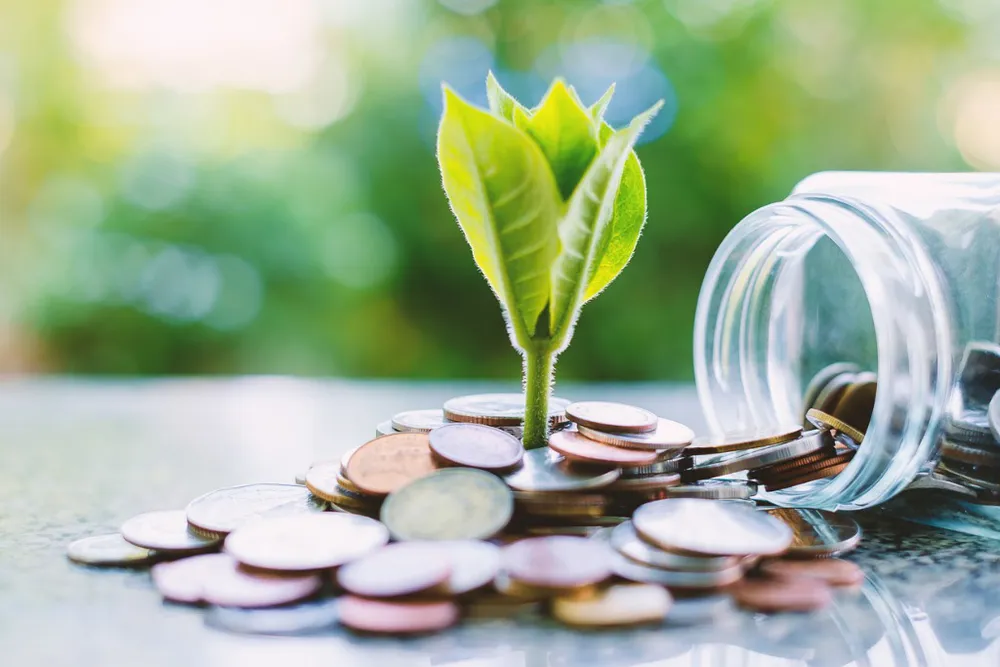
The demand for independent verification of sustainable performance throughout the project's lifespan is steadily increasing among investors.
A Safer Haven with Green Housing
At present, green credits are accessible to a wide array of borrowers, offering low capital costs and favorable repayment terms. Businesses and enterprises can tap into green credits by segregating green improvement expenses from their general expenditures. For instance, they can itemize investments in energy-efficient heating or cooling systems.
Real estate companies must formulate policy frameworks encompassing specific green objectives, such as the replacement of energy-efficient lighting fixtures, while simultaneously gaining access to a diverse range of sustainable credits. Many real estate entities are inclined to tie loans to emission reduction targets. These concessional loans come with variable borrowing costs contingent upon meeting pre-agreed environmental milestones and achieving Key Performance Indicators (KPIs).
For housing products, banks can establish retail segments offering mortgage packages tailored for individuals seeking to purchase green homes. With substantial housing demand projected for the future and lower associated risks, this type of green credit product could bolster banks' competitive edge while expanding the market. Notably, homeowners stand to reap the most significant benefits from green solutions, leading to reduced electricity and water expenses and an enhanced living environment. This enhances the appeal and safety of green housing credit products.
The Vietnamese market is on the cusp of embracing green finance opportunities. Green financial products also empower banks to access preferential funding sources. For instance, the Market Accelerator for Green Construction (MAGC) Program, a collaboration between the UK government and the International Finance Corporation (IFC), aims to offer favorable financing through intermediary banks to foster green construction endeavors across various nations, including Vietnam.
Unlocking Green Bonds for Real Estate Enterprises
Additionally, the concept of green bonds (alongside social and sustainable bonds) emerged from the issuance of bonds by the European Investment Bank (EIB) in 2007, followed by the World Bank's issuance in 2008. Over time, well-defined standards have been established to delineate the characteristics of green bonds. These bonds have evolved into an established asset class for institutional investors, boasting significant potential and growth, evident from the substantial issuance scale in 2020, surpassing the preceding year's issuance despite a brief recessionary period owing to the pandemic.
Green bonds come with a clear framework governing capital operations, upheld by independent standards-setting bodies like the International Capital Markets Association (ICMA). While self-certification of the framework and data pertaining to individual bonds is feasible, independent third-party certification, alongside annual reports detailing the capital's impact, is considered optimal. The issuance of green bonds by enterprises such as BIMLand serves as a notable example. This certification is also a prerequisite for inclusion in the London Stock Exchange's Sustainable Bonds Market, launched in 2019.
Green bonds offer a channel for investors aiming to achieve an environmentally positive financial impact through their bond investments. This approach enables investors to infuse sustainable and climate-focused strategies into their investment portfolios. A growing number of organizations that champion environmentally beneficial outcomes are opting to issue their bonds following green, social, or sustainable bond frameworks.
Enhancing Transparency and Accountability
A September 2021 survey by PwC, one of the world's leading auditing firms, underscores that environmental, social, and governance (ESG) criteria are now pivotal factors for global top-tier investors. This criterion compels investors and investee firms to redefine risks inherent in conventional business models and grasp opportunities that contribute to forging sustainable value in the future. Notably, 79% of survey respondents affirmed that managing ESG-related risks and opportunities significantly influences their investment decisions, with 49% expressing a willingness to divest from companies that fail to fully embrace ESG responsibilities.
The resounding message is clear: green finance offers a solution that aids the construction industry in shrinking its carbon footprint and expediting the transition toward net-zero emissions. However, similar to all asset classes, it is imperative that environmental ambitions are precisely quantified and transparent, with progress continually monitored and authenticated through certification.
(*): Project management of green buildings & climate change adaptation of IFC, under WB




















